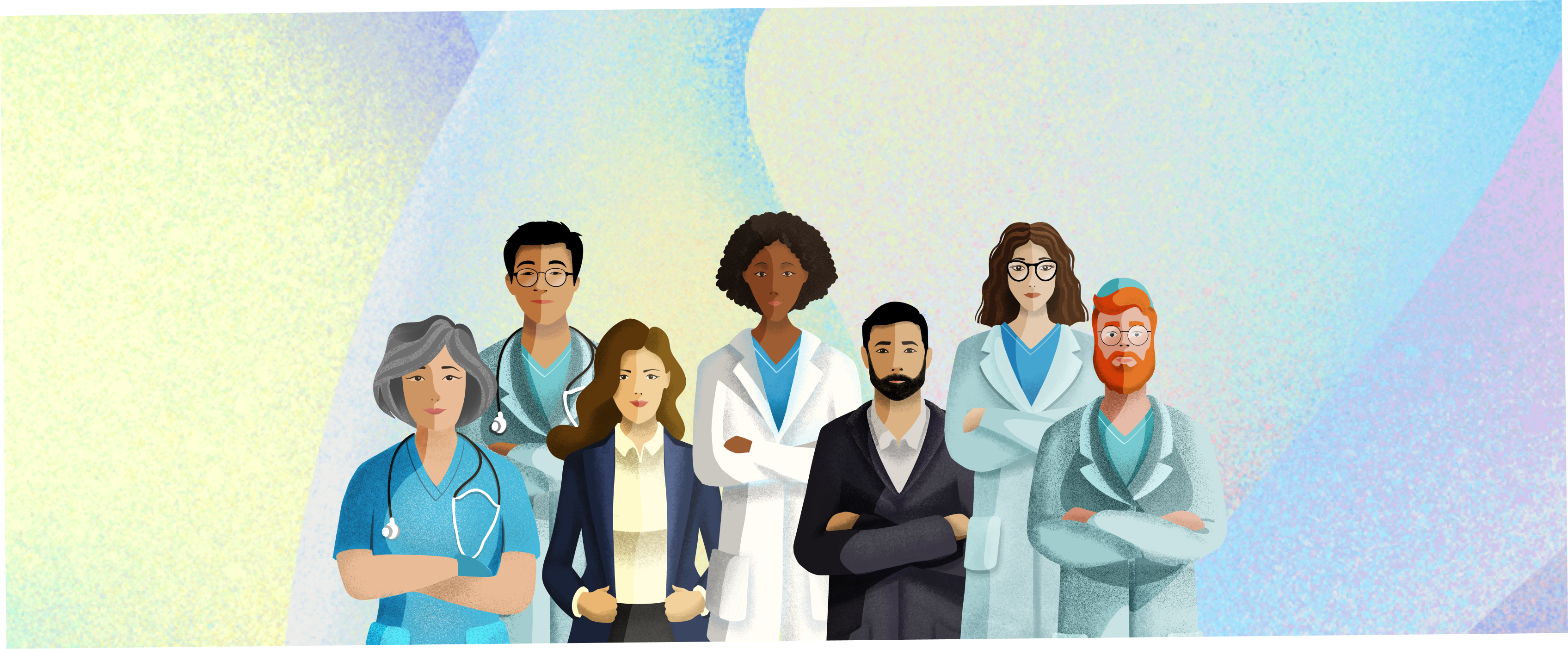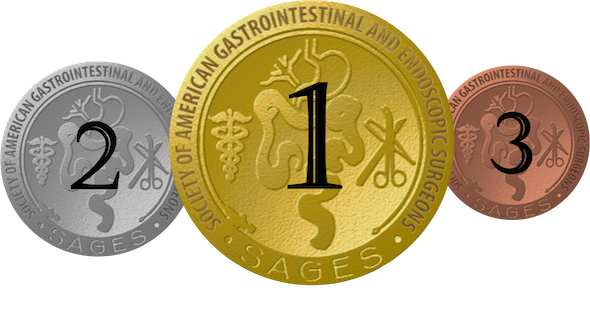Challenging the status quo of surgical care
Bringing a new idea to life is all about the four ‘P’s: purpose, persistence, (the right) people, and a solid plan. At Theator, our purpose was clear — challenge the status quo of surgical care. And by applying these principles in pursuit of that goal, we developed a first-of-its-kind product, transforming how surgery is performed today and improving quality of care for generations to come. Here’s what it looked like – from concept to creation.
We started with the end user (surgeon) in mind
Any great product solves an unmet market need, even if the end user is unaware they have one. Theator was founded based on the realization that there is significant variability in surgical outcomes today — not only in different parts of the world but even within the same hospital. We ultimately knew what needed to be solved, now it was a matter of how to best solve it.
Theator Technology Advisor and former Netflix Chief Product Officer, Neil Hunt, emphasized the importance of understanding our end users’ real habits, needs, and motivators. We needed to ask the right questions, in a non-leading way, to gather unbiased input that would illuminate our path forward. For example, “what frustrates you about being a surgeon? or “what do you hope to accomplish within the next 2-3 years?”. Based on their responses we discovered there’s a world of untapped surgical data, that if unlocked and leveraged properly, could aid in providing the highest level of care without the extra burden.
We focused on the features that add value
Surgical video contains a ton of invaluable data, yet surprisingly it isn’t being routinely captured today.
So we started with the low-hanging fruit: enable touchless, automatic video recording for every procedure where a camera already exists. This includes all laparoscopic and robotic procedures. Next, you have to structure the data in a way that simply highlights only the moments that matter. Otherwise you’re just left with a mountain of raw footage and manual, time-intensive work. And the last thing we wanted was to add to a surgeon’s overflowing workload. Thanks to our advanced AI and computer-vision technology, this information is automatically presented to you in an easily digestible format. But it doesn’t end there. You still need to be able to link specific actions and techniques to outcomes. We are able to connect the dots along the entire patient’s journey (pre-operative, intra-operative, and post-operative) in order to, for the first time ever, draw actionable insights and disseminate best practices. This is Surgical Intelligence in a nutshell.
We knew our tech needed to standout from the rest
In order to deliver on all the above, we needed superior AI-technology. Conventional AI-capabilities were not suitable for delivering both real-time and accurate results that could scale across multiple surgical specialties, so we set out to do something different.
Our first aim was to develop an algorithm that could accurately detect, structure and annotate procedures in real-time. This was achieved through our proprietary VTN approach, which allows for immediate, end-to-end action recognition within the surgical domain. This is critical given that conventional technologies are only capable of capturing individual frames or brief clips, lacking long-term context of what happened before or after.
Next, we wanted to quickly scale this across the majority of procedures and specialties. So we became the first to apply a proven machine learning concept, called Transfer Learning, to surgery. This enables us to train new procedures, using less videos. The more information the algorithm is fed, the more knowledgeable it becomes, and the more transferable that knowledge is. Then, applying multi-task functionality enables simultaneous predictions across these various procedures and specialties. So not only can it detect what’s happening, it can also predict what’s going to happen.
An algorithm that is fast, accurate and scalable provides real-time functionality which you can trust. Theator is proven to be the only company that can do this across hundreds of procedures, spanning five specialties and rapidly growing!
Never stop improving.
Our product team’s work is never done. We continuously challenge ourselves to test, optimize, refine, and re-evaluate. Is our solution still aligned with our users’ needs? What is the usability of our application? This ensures we continue to deliver a high-quality, high-value product versus just flashy features. This is only the beginning for Surgical Intelligence and we’re excited for what’s next – stay tuned!












